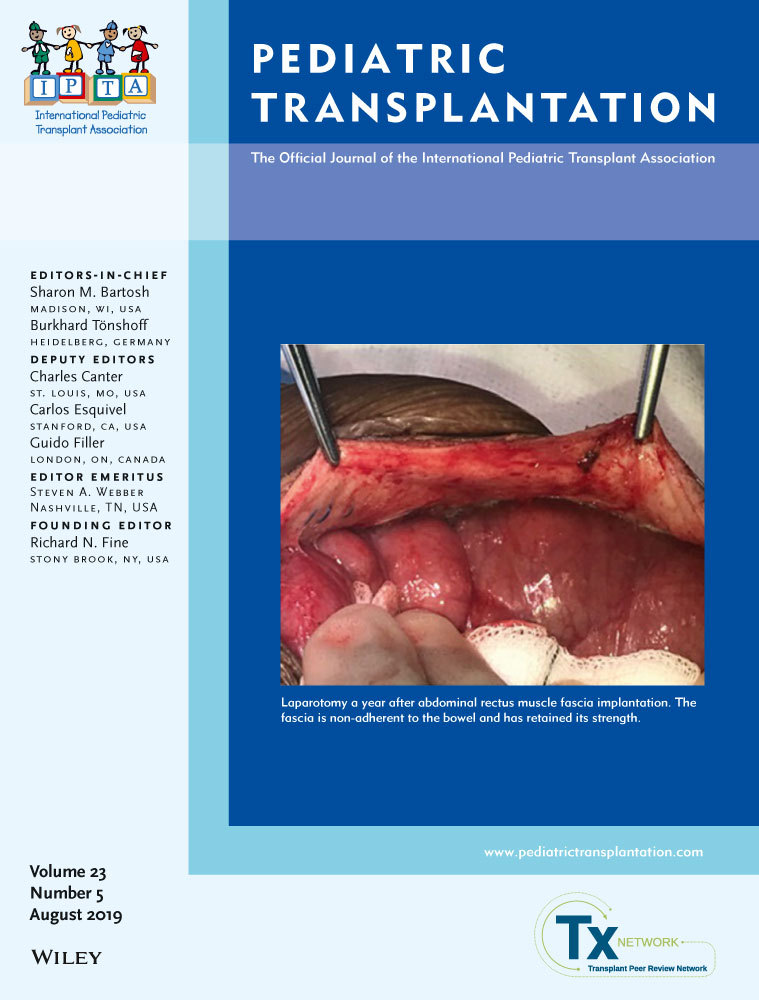The difficult abdominal closure after paediatric intestinal transplantation: Use of abdominal rectus muscle fascia and literature review
Abstract
Primary abdominal wall closure after intestinal and multivisceral transplantation may not be possible because of loss of abdominal domain and/or graft size/abdominal cavity mismatch. Traditional closure techniques for the open abdomen may not be valid in these circumstances because of severe scarring of the abdominal wall from multiple previous surgeries in this particular group of patients. We present our initial experience with the use of non-vascularized abdominal rectus muscle fascia in two patients who underwent deceased donation and living-related combined liver and small bowel transplantation, respectively, and who could not be closed primarily. The donor fascia was attached to the recipient fascia in both patients. In either case, there was not enough skin cover for closure, the wound was left open, and a negative pressure dressing was applied. In both cases, over a period of 6 months after placement of the non-vascularized abdominal rectus muscle fascia, the wound contracted, granulation tissue gradually covered the wound, and healing occurred, giving an intact abdominal wall. The abdominal rectus muscle fascia from a deceased donor can be used in a definite procedure for closure of the abdominal wall either at the time of transplant or later when a suitable rectus muscle fascia graft becomes available.
CONFLICT OF INTERESTS
We declare no conflict of interest.




